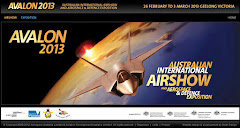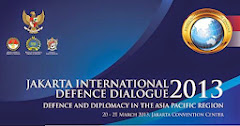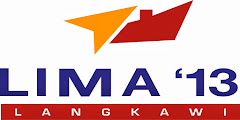9 April 2010

This artist's rendering illustrates how the3 future Mobile User Objective System (MUOS) will work. MUOS is fpr narrowband communications primarily in the UHF frequency range, for wide global connectivity. (photo : Military Aerospace Electronics)
The Mobile User Objective System (MUOS) satellite is facing another significant delay, pushing out the availability of the US Navy's next-generation ultra-high frequency satellite until December 2011, according to a report submitted to Congress by the service's top weapons buyer.
Back in February 2007 the Australian government announced that an MoU had been agreed between the Australian Department of Defence and the US Navy, setting out the governing arrangements for a joint military communications ground station near Geraldton, Western Australia.
The purpose of the joint ground station is to support the US Navy's MUOS, a narrow-band networked satellite constellation for UHF satellite comms enabling secure all-weather and all-terrain 3G mobile telecommunications.
It is designed to support US and Australian military users including deployed forces.
The MUOS ground station is collocated with the Australian Defence Satellite Communications Ground Station at Kojarena, 30 km east of Geraldton WA, but will be managed separately.
Boeing Australia Ltd was awarded a contract to develop the MUOS compound at the Australian ground site with the station scheduled to become operational by March 2010.
However, the MUOS constellation of four geosynchronous satellites (and one spare) will not reach full operational capability until some time after 2014.
General Dynamics C4 Systems is the lead contractor for the entire MUOS ground infrastructure and GD and Ericsson are also providing the waveform technology driving MUOS capabilities.
Based on its 3G technology, Ericsson's WC DMA will be modified by GD to operate over the satellite.
It is anticipated that there will be emphasis on dismounted handheld user terminals provided under the JTRS Cluster 5 program, which is a major user of this waveform, with the same applying to future ADF users already familiar with JTRS capable radios - which will now sport 3G waveforms.










Tidak ada komentar:
Posting Komentar